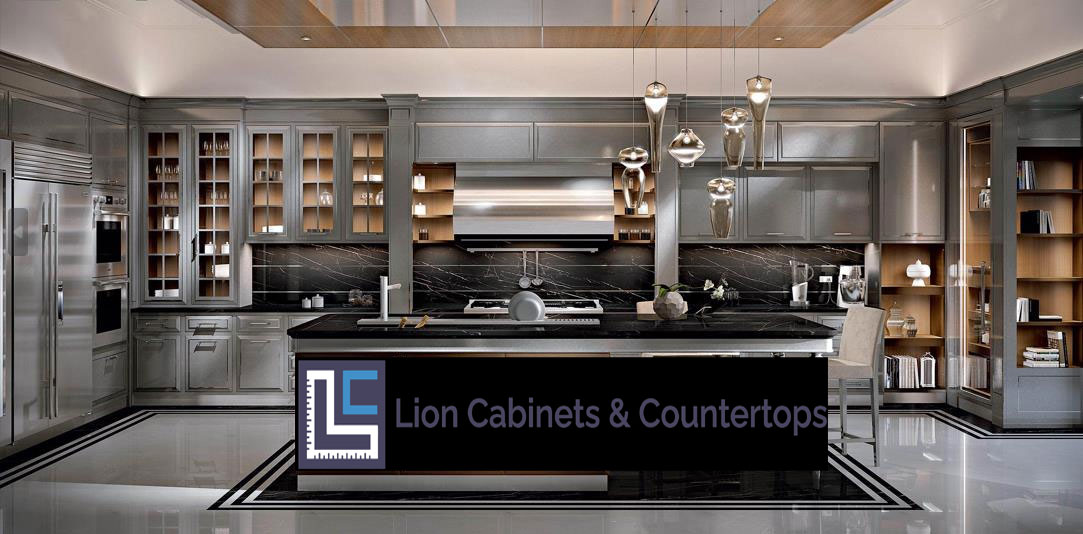Design commercial cabinet installation are more than just storing units—they’re a crucial constituent of any workstation, offering functionality, group, and visual appeal. Whether you’re designing cabinets for an office, retail store, or industrial facility, the procedure requires careful planning and execution to meet the unique demands of the space. This article provides an in-depth look at designing and installation commercial cabinets, from concept to conclusion.
Step 1: Assessing the Space and Purpose
The first step in scheming commercial cabinets is understanding the exact needs of the business. Different businesses require different types of cabinetry. For example:
- Corporate Offices: Cabinets need to provide prepared storage for files, supplies, and electronics while complementing the professional air.
- Retail Stores: Display cabinets are key, contribution both convenience and style to showcase products effectively.
- Healthcare Facilities: In medical surroundings, cabinets must order hygiene, durability, and functionality, often using materials like stainless steel or antimicrobic finishes.
Conduct a thorough valuation of the space, including its dimensions, traffic flow, and operational requirements. Engage with stakeholders to comprehend their specific storing and design needs.
Step 2: Selecting the Right Materials
Design commercial cabinet installation must be both tough and attractive to endure heavy use while maintaining a polished arrival. Common resources include:
- Laminate: A general choice for its affordability and variety of colors and feels. Laminate is scratch-resistant and easy to clean, formation it ideal for high-traffic areas.
- Plywood: Known for its forte and moisture confrontation, plywood is faultless for cabinets in kitchens, break rooms, or environs prone to spills.
- Metal: Highly durable and easy to sterilize, metal cabinets are often used in industrial or healthcare settings.
- Glass: Glass-fronted cabinets are countless for retail and welcome spaces, providing a stylish way to display items while custody them endangered.
Choose resources based on the client’s budget, aesthetic favorites, and functional requirements.
Step 3: Designing the Cabinet Layout
The layout and design of the cabinets should enhance the functionality and flow of the space. Key considerations include:
- Storage Features: Join adjustable shelves, built-in dividers, or pull-out drawers to exploit storage efficiency.
- Ergonomics: Ensure cupboards are easy to reach and use. For instance, frequently retrieved items should be stored at waist or eye level.
- Aesthetic Design: Select colors, finishes, and hardware that align with the brand identity and overall design theme of the space.
- Compliance: Make sure the project adheres to safety rules and convenience standards, such as the Americans with Disabilities Act (ADA).
Using software to create a 3D rendering of the design can help clients visualize the final product and make informed decisions.
Step 4: Installing Commercial Cabinets
Installation is where preparation comes to life. Proper implementation ensures that the cabinets are secure, functional, and visually attractive.
- Site Preparation: Clear the installation area and review the walls and floors for any indiscretions. Use leveling tools to ensure a stable substance for the cabinets.
- Base Cabinet Installation: Begin with the base cabinets. Safe them to the walls using heavy-duty anchors and shims to ensure they’re flawlessly level.
- Upper Cabinet Installation: Mount upper cabinets after the base cabinets are connected. Double-check their alignment and ensure they’re properly secured to support the intended load.
- Hardware Installation: Add handles, knobs, and other hardware, safeguarding they’re aligned for a polished look.
- Final Adjustments: Check all doors and drawers to ensure they open and close smoothly. Make any essential changes for a unified finish.
Hiring professional installers is often the best way to ensure a flawless and efficient installation.
Conclusion
Designing and installing commercial cabinets is a mixture of art and realism. By prudently measuring the space, choosing the right resources, and paying care to both functionality and aesthetics, you can create cabinets that enhance the competence and appeal of any commercial setting.
Whether you’re scheming for an office, retail space, or manufacturing facility, investing in high-quality design commercial cabinet installation is a choice that pays off in the long run. Work with a expert team to ensure a smooth process from start to finish, and enjoy the benefits of a well-organized and visually spectacular space.



